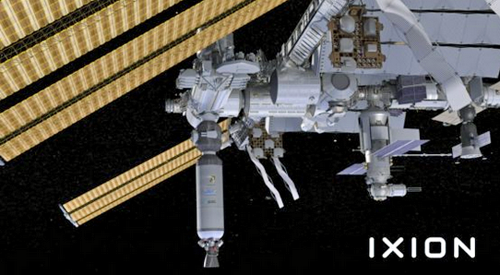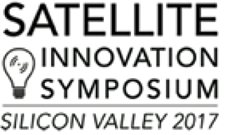
In a posting by the company's CEO, Jeffrey Manber, at the company's infosite, this week marks an important milestone for NanoRacks.
He reported that NanoRacks and NASA have signed the contract for Ixion, a commercial habitat concept study first announced last summer. The contract will focus on repurposing spent launch vehicle upper stages. NanoRacks is working with United Launch Alliance (ULA) to provide launch services and Space Systems Loral who will provide robotic outfitting capabilities. Funded by the NASA NextSTEP-2 award, the Ixion concept is the only one of the NASA-funded programs that focuses on repurposing spent launch vehicle upper stages.

He continued by noting that for NanoRacks, this agreement marks a broad milestone: the public start of the company's commitment to bring about cost-efficient, commercial space stations via re-purposing in-space hardware.
Manber stated that every step NanoRacks takes on the International Space Station (ISS) is preparing the company for building on their vision of the future — a world where launches are plentiful, the in-space destination is king, and commercial habitats and space stations populate the solar system with customers from every sector of our society.
Starting with plug-and-play research modules, NanoRacks has mastered how to operate science labs in microgravity and leverage the astronaut expertise onboard, while also building up robotics programs for increased automation and efficiency. Growth of the satellite deployment market has been stimulated and NanoRocks is now the leading provider for cubesat services in LEO, with one of the world’s most diverse customer bases. The company is learning how to operate in the extreme space environment, while limiting space debris, with their External Platform.
The team, known as the “Ixion Initiative Team,” is a new addition to NASA’s NextSTEP effort and will start by conducting a comprehensive feasibility study evaluating the conversion of rocket upper stages into habitats. This innovative approach offers a pathway that is more affordable and involves less risk than fabricating modules on the ground and subsequently launching them into orbit.
 Additionally, the Ixion Initiative Team proposes demonstrating this revolutionary, low-cost concept via the conversion of a Centaur rocket upper stage, which can be attached to the ISS. After the converted Centaur upper stage is attached to the ISS, the NanoRacks team will leverage the habitat as a proving ground for a variety of private sector activities leading to a new era in commercial LEO utilization.
Additionally, the Ixion Initiative Team proposes demonstrating this revolutionary, low-cost concept via the conversion of a Centaur rocket upper stage, which can be attached to the ISS. After the converted Centaur upper stage is attached to the ISS, the NanoRacks team will leverage the habitat as a proving ground for a variety of private sector activities leading to a new era in commercial LEO utilization.The company CEO concluded by stating NASA has made it clear that the International Space Station will be the last US government-funded space station in LEO — and NanoRacks believes the firm is well positioned to be one of the commercial leaders as NASA focuses on taking America into deep space.

